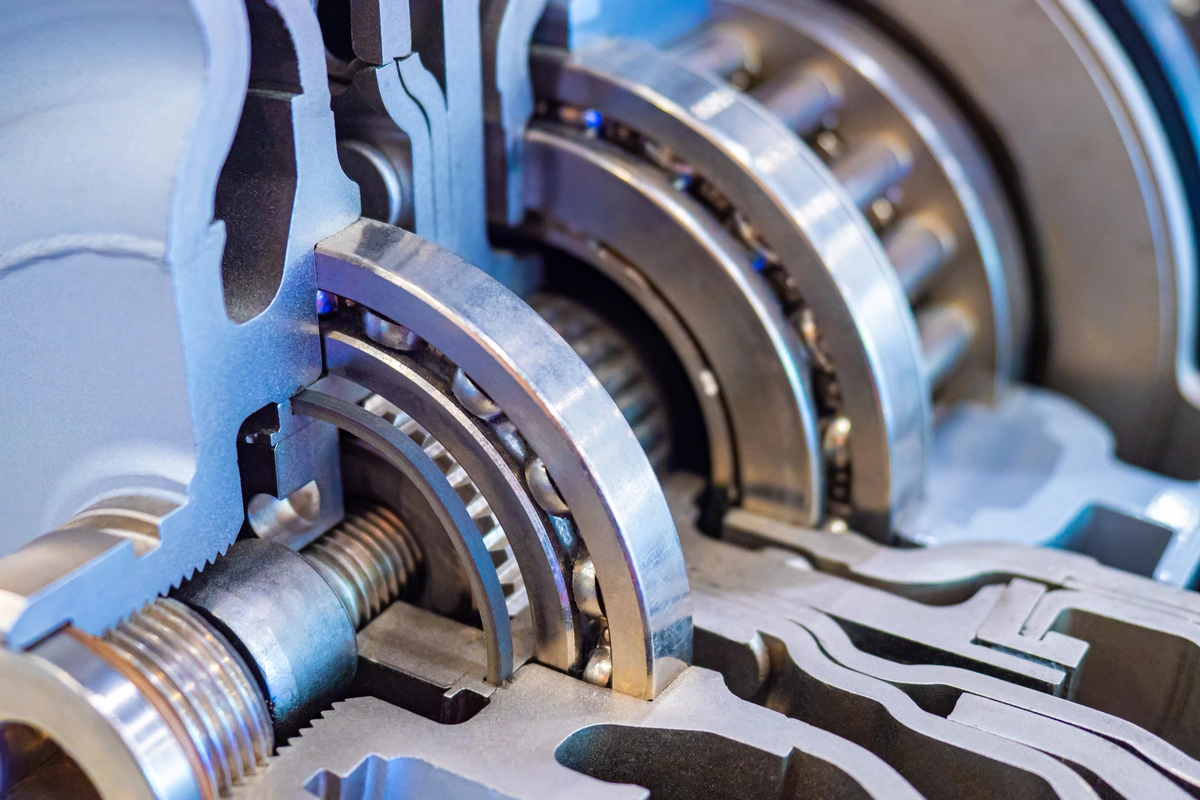
Motor noise causes analysis
Motor noise can originate from mechanical issues, electrical faults, and environmental factors. Identifying the specific source of the noise is crucial for implementing effective solutions and restoring optimal motor performance.
Motors are commonly used in our daily lives, but many friends who often use them will have a question. Over time, the motor will emit noise that is exceptionally noisy, and the advantage of thinking about its performance will also decline. To solve this problem, you need to carry out a thorough analysis in order to accurately identify the root cause and implement effective noise reduction solutions.
Mechanical issues
One of the most common causes of motor noise stems from mechanical failure. For example, a loose or corroded fan cover is one of the common mechanical causes, and this can be determined by simple observation. In addition to this, bearing problems are also a common cause (manifested as a high-pitched whining or grinding sound that may be accompanied by resistance to motor operation), which requires opening the motor to check lubrication conditions. Impeller or rotor imbalances can cause noticeable vibration throughout the motor housing.
Electrical issues
Some motor noise originates from electrical faults within the windings or other internal components. Overloaded or underpowered motors may run abnormally loud when trying their best to meet demand. Likewise, failed capacitors do not adequately filter out electrical noise. Testing the motor terminals with a multimeter and oscilloscope can help assess voltage regulation and waveform quality problems that cause audible electrical noise.
Environmental and operational factors
Vibrations transmitted from connected machinery often exacerbate other noise problems. Mounting the motor on an isolated base can resist external vibration. Similarly, cooling fan speeds that exceed motor specifications can lead to increased turbulence noise.
Conclusion
Inspection, testing, measurement, and other methods are needed to thoroughly diagnose the cause of motor noise and develop targeted solutions according to the source of the problem in order to eliminate noise from the source.



Leave a Comment